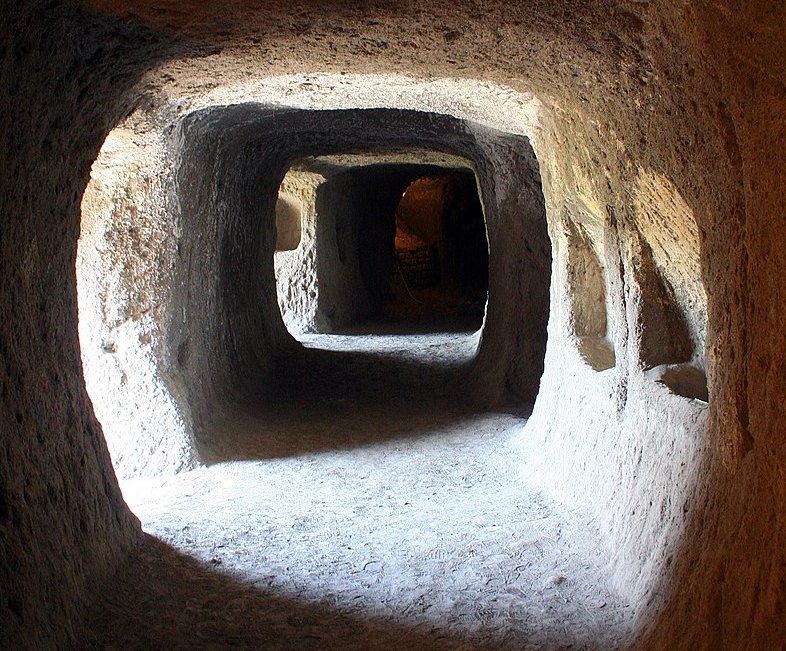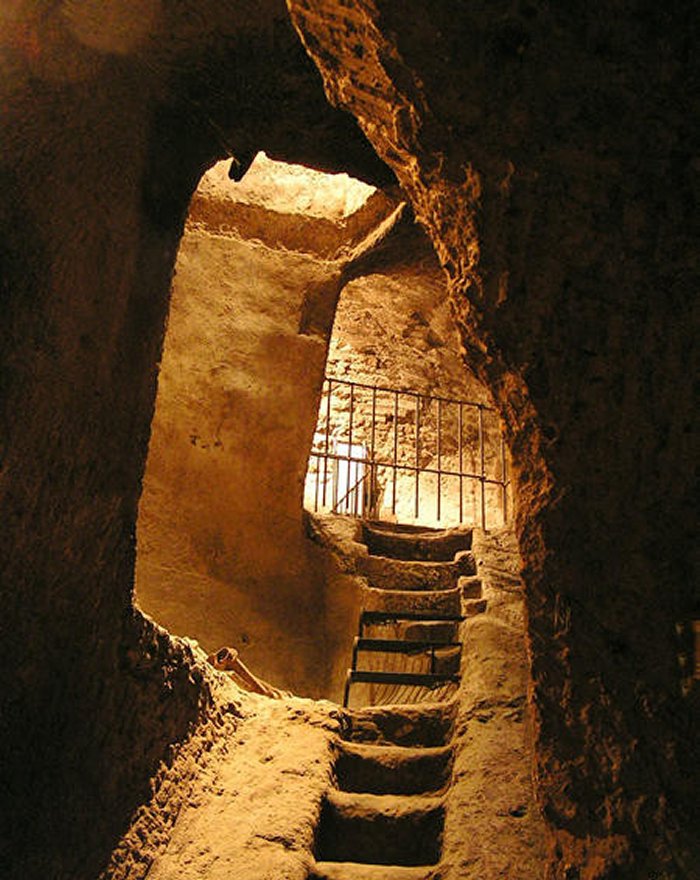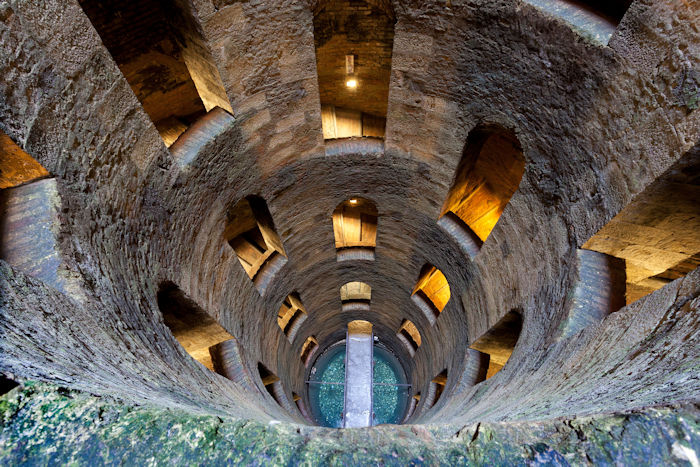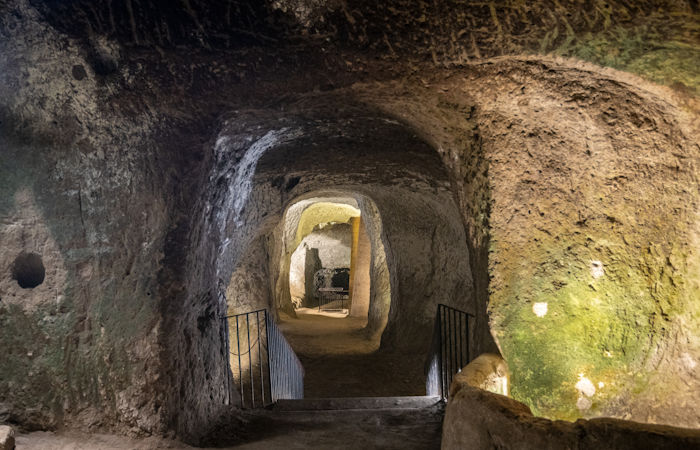Underground Orvieto – Etruscan ‘City Under A City’ With Labyrinth, Tunnels, Pyramidal Structures, Oil Mills And Water Supply
A. Sutherland - AncientPages.com - There is a vast network of neolithic tunnels crisscrossing several European countries, built millennia ago.
The old city of Orvieto, Italy, once a significant center of the Etruscan civilization, has much more.
The underground tunneling system. The underground city of Orvieto, Italy – Image credit: Roberto Ferrari - CC BY-SA 2.0
It has a fascinating underground complex of mysterious caves connected by tunnels that now reveal surprising archaeological discoveries.
Orvieto is located on an isolated tuff mountain, the vertical walls of which are partly natural and artificial. This mountain hides in its depths an underground city with a secret labyrinth of excavated caves, probably built in part by noble families who used these as secret passages in case they were attacked, or the city was besieged.
The Umbrian ancient town with a long history of Etruscan, medieval, and Renaissance roots has a fascinating underground hidden under the massive tuff cliff.
Available ancient sources inform that during the 6th- 4th centuries BC, the town of Orvieto was a culturally and economically developed Etruscan city.
Pozzo della Cava, the Etruscan cistern. Image credit: Orvietano - CC BY-SA 3.0
There are tunnels, caverns dating back to about 2500 years ago, countless stairs and cisterns, and caves all dated to the Etruscan era and created by man. It is fascinating that the labyrinth is equipped with ancient oil mills, silos, and wells that were once fully functioning for the needs of people.
Discovery Was Made Accidentally
Discovered accidentally in the 1970s¨, the underground city of Orvieto contributed to the region with a great historical and archaeological legacy. It all started when a vast landslide hit the Umbrian town of Orvieto in the 70s and a particular mysterious legend.
People in the area began to talk about an old urban legend mentioning an empty Orvieto located' below.' Researchers decided to explore the underground of the city. Thus, under its surface, they found an unknown Orvieto, with a labyrinth divided into more than 1200 caves, tunnels, wells, cisterns for rainwater conservation, and mysterious openings and overhanging walls and windows with irregular forms.
It was an extraordinary discovery worth further investigation to shed more light on this still mysterious civilization of the Etruscans.
The excavations of the underground city of Orvieto revealed many historical structures like a medieval oil mill with millstones, pipelines, a hearth, a press, feeders for animals, water pipelines, and containers used for fruit pomace. Cisterns dated to the 5th century BC and a series of other cisterns from the Middle Ages and the Renaissance times were found too.
Pozzo di San Patrizio (English: "St. Patrick's Well") is a historic well in Orvieto, Umbria, central Italy. Credit: Adobe Stock - robiextrafa
One of the most exciting parts of the underground Orvieto is the co-called Hadrian's Labyrinth, full of cavities formed by ancient walkways, silos, wells, throats, and cisterns. On the other hand, the Well of the Quarry is approximately 36 meters deep, whose wall was marked by the trace of a well with footholds, considered typical of the Etruscan time. Famous is also St. Patrick's Well.
Sensational Pyramidal Structures (Hypogea)
Excavations conducted approximately eight miles northwest of Orvieto, southwestern Umbria, Italy, focused on a series of pyramidal hypogea beneath the city of Orvieto and a survey of Etruscan tombs in Castel Georgio. The archaeological exploration of a series of Etruscan underground pyramidal structures showed they are dated to before the 5th century BC.
Other puzzling structures are strange "pyramidal hypogea that the Etruscans built before the five century BC. According to an international team of archaeologists led by Prof. David B. George of St. Anselm College and co-director Claudio Bizzarri of PAAO and colleagues, the function of these Etruscan structures remains a mystery
"As for the underground pyramidal structure (hypogeum), we discovered it three summers ago and still have no idea what it is. We do know what it is not.
Credit: Adobe Stock - SeanPavonePhoto
"It is not a quarry; its walls are too well dressed. It is not a well or cistern; its walls have no evidence of hydraulic treatments. Currently, we are 15 meters down. Below a medieval floor, we have a mix of material from the prehistoric to the 5th century BC."
Extensive excavation works revealed sculptures, monumental structures, inscriptions, mosaics, coinage, ceramics, frescoes, and numerous other artifacts. Researchers hope to solve the mystery of the strange pyramidal structure and other underground puzzling structures with the help of unearthed artifacts and analysis of the soil at the site.
Otherwise, over a hundred and fifty inscriptions in the Etruscan language could also help shed light on the life of the Etruscans, one of Europe's most mysterious ancient peoples, who are believed to have migrated from Lydia in modern western Turkey.
According to some theories, these people settled in northern and central Italy nearly 3,000 years ago.
However, the 1st-century BC historian Dionysius of Halicarnassus (c. 60 BC – after 7 BC), a Greek living in Rome, postulated that the Etruscans were indigenous people who had always lived in Etruria and were different from both the Pelasgians and the Lydians. According to Dionysius, the 5th-century historian Xanthus of Lydia, who was regarded as an essential source and authority for the history of Lydia, never suggested a Lydian origin of the Etruscans.
Orvieto - 'city under the city' still keeps its secrets.
Written by – A. Sutherland - AncientPages.com Senior Staff Writer
Updated on November 11, 2022
Copyright © AncientPages.com All rights reserved. This material may not be published, broadcast, rewritten or redistributed in whole or part without the express written permission of AncientPages.com
Expand for referencesReferences:
Shipley, L. The Etruscans: Lost Civilizations
Connolly, Hugh. "The Well Is Deep." The Furrow 66, no. 3 (2015)
More From Ancient Pages
-
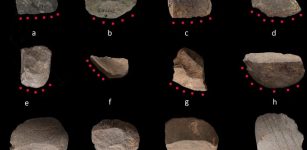 Earliest Evidence Of Rice Harvesting Provided By China’s Ancient Stone Tools
Archaeology | Dec 8, 2022
Earliest Evidence Of Rice Harvesting Provided By China’s Ancient Stone Tools
Archaeology | Dec 8, 2022 -
 Hel – Loki’s Terrible Daughter And Goddess Of The Land Of Dead
Featured Stories | Mar 26, 2018
Hel – Loki’s Terrible Daughter And Goddess Of The Land Of Dead
Featured Stories | Mar 26, 2018 -
 Norse Kingdom Of Dublin Was Founded By The Vikings In 839 A.D.
Ancient History Facts | Mar 15, 2016
Norse Kingdom Of Dublin Was Founded By The Vikings In 839 A.D.
Ancient History Facts | Mar 15, 2016 -
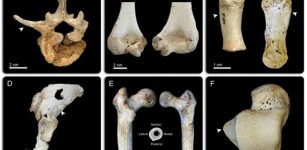 Human Body Has Gone Through Four Stages Of Evolution – New Study
Human Beginnings | Sep 1, 2015
Human Body Has Gone Through Four Stages Of Evolution – New Study
Human Beginnings | Sep 1, 2015 -
 Irkalla – Underworld With No Return Ruled By Ereshkigal, Granddaughter Of Enlil And Sister Of Inanna
Featured Stories | Oct 20, 2021
Irkalla – Underworld With No Return Ruled By Ereshkigal, Granddaughter Of Enlil And Sister Of Inanna
Featured Stories | Oct 20, 2021 -
 Valhalla – The Hall Of The Fallen Where Viking Hero Warriors ‘Einherjar’ Dwell After Death
Featured Stories | Mar 11, 2018
Valhalla – The Hall Of The Fallen Where Viking Hero Warriors ‘Einherjar’ Dwell After Death
Featured Stories | Mar 11, 2018 -
 Ancient Egyptians Invented Toothpaste
Ancient Technology | Dec 26, 2015
Ancient Egyptians Invented Toothpaste
Ancient Technology | Dec 26, 2015 -
 Unravelling The Mystery Of The Ulfberht Sword – An Ancient Viking Artifact Far Ahead Of Its Time
Artifacts | Feb 11, 2014
Unravelling The Mystery Of The Ulfberht Sword – An Ancient Viking Artifact Far Ahead Of Its Time
Artifacts | Feb 11, 2014 -
 Lost Ancient Pyramid City As Big As Manhattan Discovered In Mexico
Archaeology | Feb 17, 2018
Lost Ancient Pyramid City As Big As Manhattan Discovered In Mexico
Archaeology | Feb 17, 2018 -
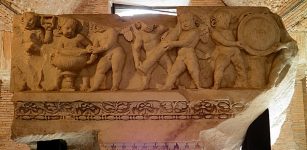 On This Day In History: Julius Caesar Dedicated Temple To Venus Genetrix – On Sep 26, 46 BC
News | Sep 26, 2016
On This Day In History: Julius Caesar Dedicated Temple To Venus Genetrix – On Sep 26, 46 BC
News | Sep 26, 2016 -
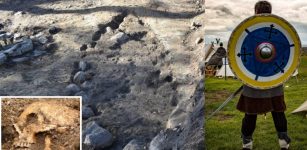 Rare Viking Ship Burial At Gamla Uppsala Reveals Its Secrets – What’s Inside?
Archaeology | Aug 8, 2020
Rare Viking Ship Burial At Gamla Uppsala Reveals Its Secrets – What’s Inside?
Archaeology | Aug 8, 2020 -
 Controversial Story And Secret Knowledge Of Li Ching-Yuen Who Lived For 256 Years
Featured Stories | Sep 19, 2015
Controversial Story And Secret Knowledge Of Li Ching-Yuen Who Lived For 256 Years
Featured Stories | Sep 19, 2015 -
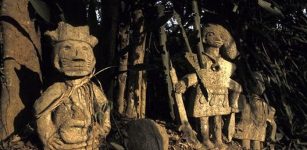 Mystery Of Sacred Groves Of Oshogbo And Its Remarkable Ancient Figures
Featured Stories | Nov 25, 2023
Mystery Of Sacred Groves Of Oshogbo And Its Remarkable Ancient Figures
Featured Stories | Nov 25, 2023 -
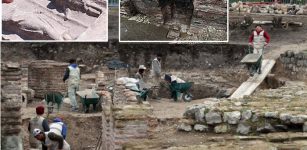 Three Grave Steles Unearthed At Istanbul’s 1,500-Year-Old St. Polyeuktos Church
Archaeology | Aug 24, 2023
Three Grave Steles Unearthed At Istanbul’s 1,500-Year-Old St. Polyeuktos Church
Archaeology | Aug 24, 2023 -
 Food And Clothing Of Middle Class Of The Sumerian Society
Ancient History Facts | Aug 2, 2017
Food And Clothing Of Middle Class Of The Sumerian Society
Ancient History Facts | Aug 2, 2017 -
 Ahimsa – Ancient Non-Violence Concept Teaching Compassion And Love Towards All Living Beings
Featured Stories | Jan 2, 2019
Ahimsa – Ancient Non-Violence Concept Teaching Compassion And Love Towards All Living Beings
Featured Stories | Jan 2, 2019 -
 SPQR Was A Symbol Of The Roman Republic
Ancient History Facts | Dec 4, 2017
SPQR Was A Symbol Of The Roman Republic
Ancient History Facts | Dec 4, 2017 -
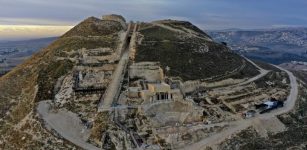 Never-Before-Seen Structures Of King Herod’s Magnificent Palace Herodium Unveiled
Archaeology | Dec 11, 2020
Never-Before-Seen Structures Of King Herod’s Magnificent Palace Herodium Unveiled
Archaeology | Dec 11, 2020 -
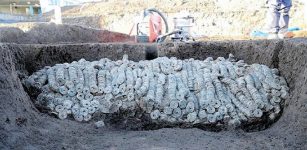 Incredible Trove Of 100,000 Ancient Coins Tied Together In Bundles Uncovered In Japan
Archaeology | Nov 13, 2023
Incredible Trove Of 100,000 Ancient Coins Tied Together In Bundles Uncovered In Japan
Archaeology | Nov 13, 2023 -
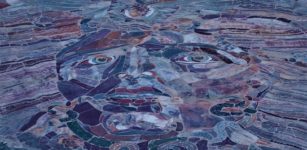 2,000-Year-Old Medusa Mosaic Is Considered The Pearl Of Ancient City Of Kibyra
Archaeology | Aug 25, 2020
2,000-Year-Old Medusa Mosaic Is Considered The Pearl Of Ancient City Of Kibyra
Archaeology | Aug 25, 2020

